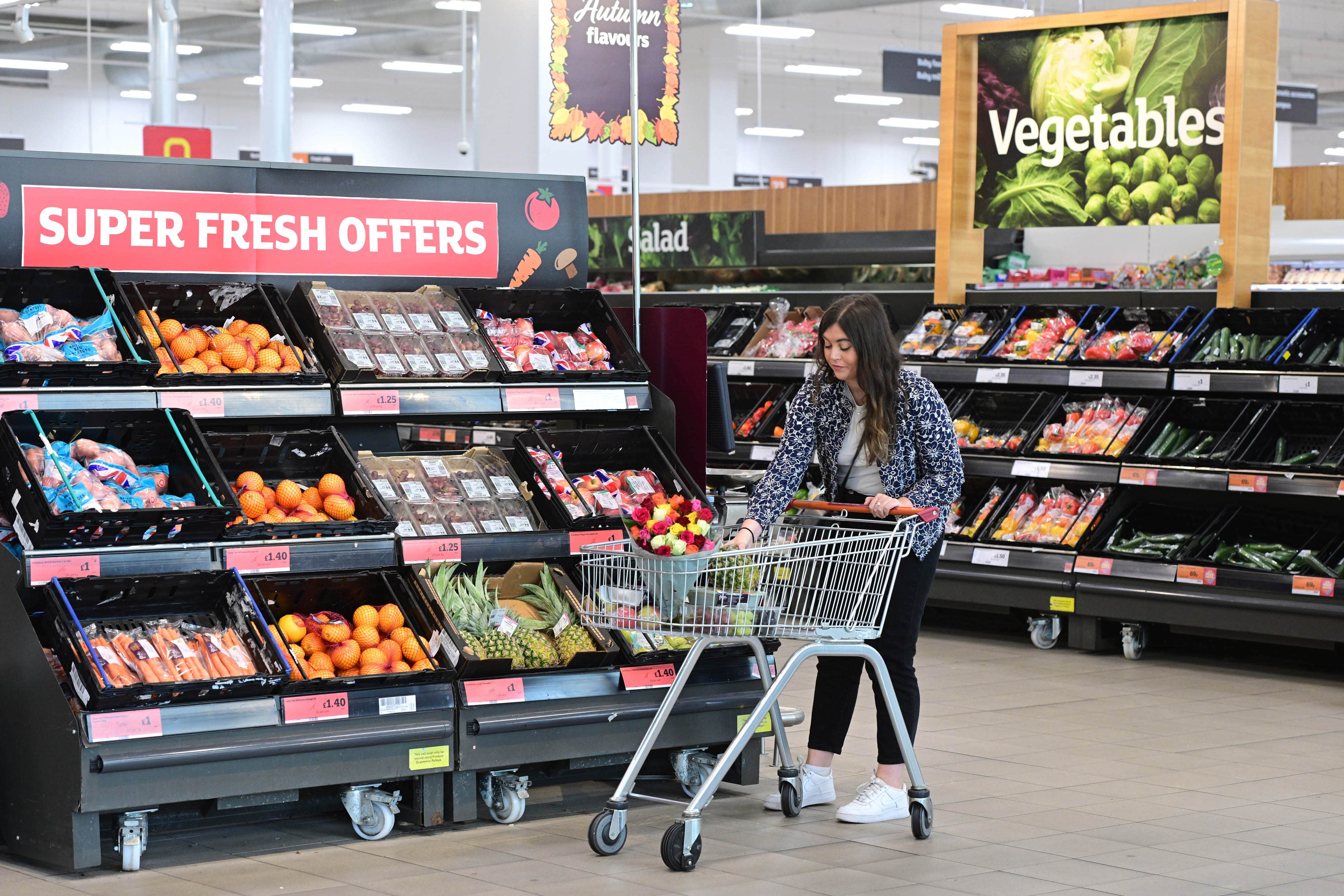Can Sainsbury’s persuade shoppers it is keeping prices down while keeping the City sweet?
Surveys suggest that the chain is competitive on price but it still has work to do to persuade cost-conscious consumers, says James Moore


Food retailers are repeating a similar mantra at the moment: it’s very tough for our customers (true), we’re worried about them (probably also true) and so we’re doing everything we can to keep prices low (maybe).
Sainsbury’s, stepping up with its half-year results, is a case in point. “We really get how tough it is for millions of households right now. Customers are watching every penny and every pound and we know that they are relying on us to keep food prices as low as we can,” said chief executive Simon Roberts.
Can we take him at his word? There is some evidence that we can. The latest Which? survey put the group in fifth place out of eight when considering a basket of 48 products, third of the traditional big four (which also includes Tesco, Asda, Morrisons). That isn’t great.
However, there was only a 15p difference with Tesco (fourth overall, second among the big four). Moreover, when Which? looked at a larger basket containing 148 products, Sainsbury’s came second of six. Aldi and Lidl were excluded from this larger sample because of their limited product ranges, so the cohort was rounded out by Waitrose and Ocado.
Alertr, an online price tracker, put Sainsbury’s at number two in its most recent release using the same basket of goods as the ONS employs to calculate the Consumer Prices Index. Alertr data also excludes Aldi and Lidl.
Sainsbury’s itself pointed to figures from Nielsen, a data company, looking at inflation in the average selling price of the top 100 products. This suggested that its prices have been increasing at the lowest rate pace of all the leading players.
If this is borne out in future surveys looking at prices rather price inflation, Sainsbury’s will consolidate its position on price and may even move up the league tables. But how much benefit will it derive from that?
Sainsbury’s has something of a middle-class image, which is partly a function of its store estate which is more weighted towards the prosperous south and east of England in comparison to Asda or Tesco.
This adds to a perception its executives have long sought to get away from. They don’t want the grocer bracketed with Waitrose or Ocado, especially not at the moment. “We cater for the mass market,” they’ll explain at length. “The idea that we’re pricey is a misconception.”
Surveys bear that out. The question now is whether those executives can find a way of persuading shoppers that Sainsbury’s is cheaper than they might think.
Of late, the group has been doing better in terms of market share than some of its rivals, with the notable exception of Tesco, in the face of the challenge presented by Aldi and Lidl, whose reputation for competitive prices at the expense of choice is reaping obvious dividends.
Sainsbury’s has managed to pull this off while keeping its pay rates competitive by the standards of the sector. But what about investors? Roberts will find himself in very hot water if he forgets about them. He argues Sainsbury’s can keep all three more or less happy by divvying up the proceeds of £1.3bn of cost cuts over the three years to 2024, double what was achieved over the previous three.
That is a stretching target, which will require effort on multiple fronts. Savings have already been banked through, for example, closing Argos stores and counters/cafes. The future of grocery shopping clearly involves fewer frills. Those hankering after in-store bakeries and fishmongers will have to pay for the privilege. Right now, most would probably prefer lower prices.
But Sainsbury’s still has work to do. Of late, there have been signs that shareholders, as well as shoppers, are buying the goods. Sainsbury’s said underlying pre-tax profits fell to £340m in the first half of its financial year but that was somewhat better than the City had expected. Sales were healthy enough and the full-year guidance was maintained.
It was sufficient to spark a flurry of interest in the shares, which have lately shown signs of life after a bad run. But the City can be fickle. “What have you done for me lately,” is its operating principle.
The reality facing Roberts is that he is going to have to run very fast to stand still. But right now, standing still would represent a decent result and his investors appear to recognise that.






Join our commenting forum
Join thought-provoking conversations, follow other Independent readers and see their replies
Comments